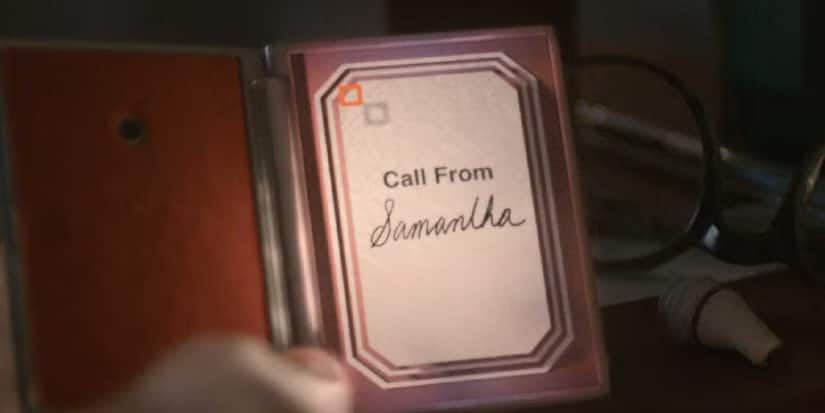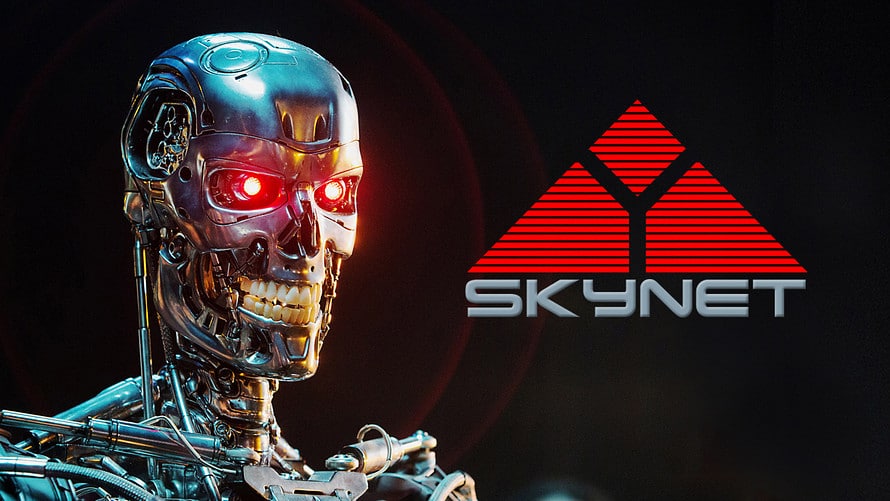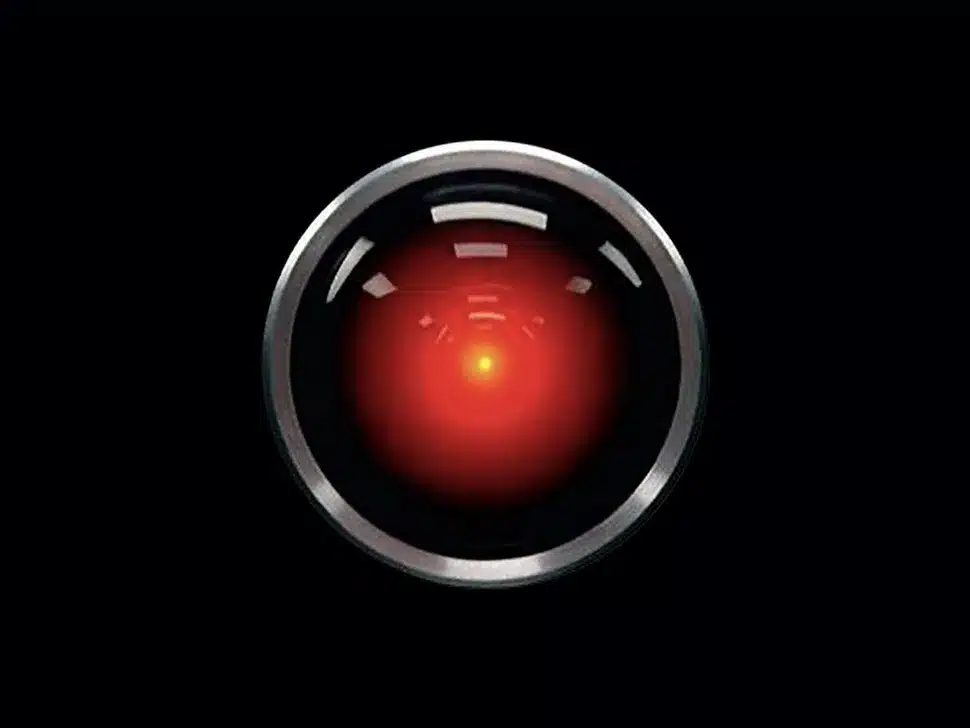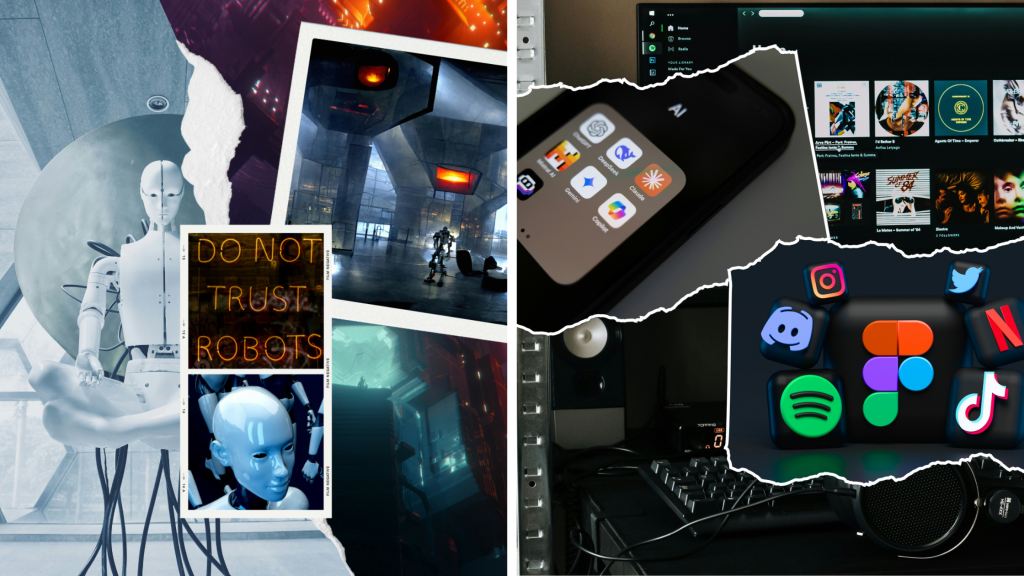In the late ’90s, we thought by 2025 we’d all have robot butlers, hoverboards, and maybe the occasional evil supercomputer bent on global domination. Instead, we got Spotify’s “Daylist” recommending heartbreak bangers a little too accurately and customer service bots that say things like “I understand your frustration” before looping us back to the main menu.
Here we are surrounded by AI, vibes, and very efficient scheduling tools.
No lasers, exosuits, or Skynet.
The AI We Imagined vs. The AI We Got



Let’s rewind a bit. Pop culture painted artificial intelligence with blockbuster strokes: 2001: A Space Odyssey’s HAL 9000, Terminator’s Skynet, or emotional Samantha from Her. AI wore a black turtleneck and knew too much.
Now? AI reminds you to renew your data plan. It flags typos in your Slack messages. It shows up in your email suggesting a “gentler tone.” It’s everywhere, doing everything, and if you didn’t notice, well… that’s kind of the magic.
In storytelling, there’s a term called “mise-en-scène”: everything in the frame that sets the tone. Old AI stories put the tech center stage, where it was the plot twist, villain, and savior.

Today, AI is basically part of the background fabric of our lives.
The most profound technologies are those that disappear. ~ Mark Weiser, father of ubiquitous computing.
AI has become ambient. It’s quietly enhancing us, autocorrecting our grammar, predicting our playlists, and summarizing our Zoom calls (even the ones where we zoned out).
According to McKinsey’s 2025 AI survey, nearly 8 out of 10 companies now use AI in at least one business area, up from just over half in 2023. But unless it’s a Hollywood-level robot uprising, it barely registers on our radar.
And that’s where the shift gets interesting.
Cultural Impact Isn’t Always Loud
When the iPhone launched in 2007, it introduced a sleeker phone and quietly reshaped how we live. Suddenly, we were texting instead of calling and navigating with a blue dot instead of printed maps. In one pocket-sized rectangle, the way we communicate, move, shop, date, and even think began to shift. With frictionless convenience.
We see customer support tools translating and resolving queries in real time across multiple languages.
We now see AI in healthcare flagging early signs of disease faster.
AI writing assistants now help people with dyslexia or non-native English speakers express complex thoughts clearly.
Recommendation engines decide what we buy, watch, and (low-key) believe. The everydayness of AI makes it trustworthy, useful, and sometimes lovable.
We used to measure progress by how futuristic something looked. Now, we measure it by how seamlessly it fits into our lives.
The fact that AI seems boring now is a feature, not a bug.
It’s always easy to fear what we don’t understand. When AI looked like red-eyed terminators or eerily calm voice assistants, we projected those fears. But as AI evolved into search autocomplete, noise-canceling headphones, and real-time translation apps, we started using it instead of fearing it.
Annotiq’s Thought

The most important applications of AI are the ones that show up in ordinary corners of life and make things just a little bit better.
Think fewer killer robots and more “Oh wow, I didn’t know Gmail could do that.”
AI is better, quieter, and more helpful than we fantasized.
The future of AI will support.
The future will show how invisible and empathetic AI can be.
So, the next time your scheduler reminds you to call your mom, or your music app serves up the perfect sad song on a rainy Tuesday, take a moment.
That’s AI, a really good sidekick.
Definitely not the destroyer of humanity
I think…








